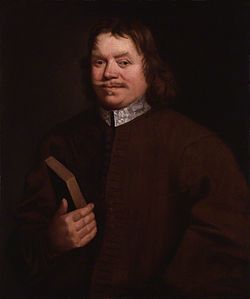Analysis of Upon Fire
John Bunyan 1628 (Elstow, Bedfordshire) – 1688 (London)
Who falls into the fire shall burn with heat;
While those remote scorn from it to retreat.
Yea, while those in it, cry out, O! I burn,
Some farther off those cries to laughter turn.
While some tormented are in hell for sin;
On earth some greatly do delight therein.
Yea, while some make it echo with their cry,
Others count it a fable and a lie.
| Scheme | AABB CCDD |
|---|---|
| Poetic Form | Quatrain |
| Metre | 11010101111 1101111101 1110111111 1101111101 111010111 1111010101 1111110111 1011010001 |
| Closest metre | Iambic pentameter |
| Characters | 365 |
| Words | 70 |
| Sentences | 7 |
| Stanzas | 2 |
| Stanza Lengths | 4, 4 |
| Lines Amount | 8 |
| Letters per line (avg) | 33 |
| Words per line (avg) | 8 |
| Letters per stanza (avg) | 133 |
| Words per stanza (avg) | 34 |
Font size:
Submitted on May 13, 2011
Modified on March 05, 2023
- 21 sec read
- 358 Views
Citation
Use the citation below to add this poem analysis to your bibliography:
Style:MLAChicagoAPA
"Upon Fire" Poetry.com. STANDS4 LLC, 2024. Web. 28 Apr. 2024. <https://www.poetry.com/poem-analysis/22164/upon-fire>.


Discuss this John Bunyan poem analysis with the community:
Report Comment
We're doing our best to make sure our content is useful, accurate and safe.
If by any chance you spot an inappropriate comment while navigating through our website please use this form to let us know, and we'll take care of it shortly.
Attachment
You need to be logged in to favorite.
Log In